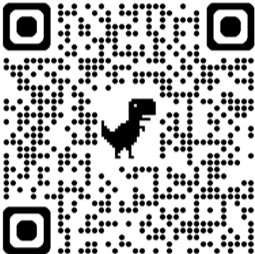Matter Review
You'll review matter and atoms
Create multiple-choice games on Wisc-Online and play them on our Chakalaka mobile app!
But that's not all! Explore educational games created by others. Simply search by category or enter agame code number and dive into a world of learning and fun.
Download the Chakalaka mobile app here:

Topics of this game:
- Matter is made up of anything that has _____ and _____.
- The smallest unit of matter that has all the properties of a given element is a(n) _____.
- Greek word meaning not to be cut or indivisible.
- The one that is NOT matter.
- The law of conservation of mass came from his work.
- Not one of the three types of models
- Discovered negatively charged electrons using a cathode ray tube.
- Discovered neutral (meaning “no charge”) neutrons in the nucleus of an atom.
- In the _____ model, an atom consisted of a solid ball of positive charge with negatively charged electrons embedded throughout.
- Model which states electrons travel in regions of high probability.
- Repeating according to some pattern
- Found on the left side and middle of the periodic table. Characteristics of metals include: Shiny luster, Good conductors of heat and electricity, malleable
- Characteristics include: Dull in appearance, Poor conductors of heat and electricity, Many are gases at room temperature, Brittle—cannot change shape without breaking
- Periods on the Periodic Table of the Elements
- Approximately __________ elements are naturally occuring.
- positively charged particle located in the nucleus of the atom. Its relative atomic mass is 1 amu.
- Isotopes
- The modern periodic table is arranged by _____.
- The dense central portion of the atom.
- Combine in groups of three to make up protons and neutrons
User comments are currently unavailable. We apologize for the inconvenience and are working to restore this feature as soon as possible.

